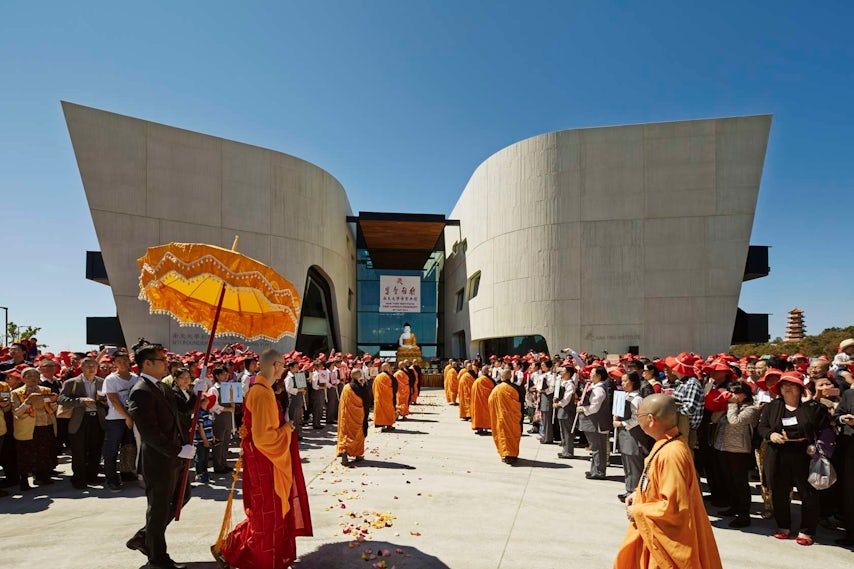As the partners of most major firms across the globe will tell you, the business of architecture can often be a very slow moving vehicle. During the economic downturn of 2008, the light at the end of the proverbial tunnel was barely visible for many studios. There were few projects on the drawing board, let alone the amount of those progressing on site. Since then, though, some hardworking firms have experienced a standout year, a host of landmark projects being successfully completed within the 12-month span. For international firm Woods Bagot, currently the seventh-largest architectural practice in the world, 2014 was one of those years.

One of the firm’s biggest success stories was colored silver: the South Australian Health and Medical Research Institute received a staggering five SA Architecture Awards, being recognized in the Public, Commercial, Interior, and Sustainable categories as well as scooping up the prize for their innovative use of steel on the perforated elevations. The distinctive outer shell of the building evokes a futuristic pinecone and would set the scene for continued innovation in façade design over the coming year.

In the cultural realm, the Lotus flower-inspired Nan Tien Institute rose in Wollongong just south of Sydney. The Institute had purchased the site — a former garbage tip — from the local council for a princely sum of one dollar, and Woods Bagot then conceived a building of infinite value to the Buddhist community. The four pods of the complex house tertiary educational facilities and an art gallery, each space linked by bridges that form a journey comprising “moments, destinations, and thresholds.”

Finally, in a return to dynamic metallic façade treatments, the firm adopted golden tones for the Burwood Highway Frontage Building at Deakin University in Melbourne. The architects wrapped the upper reaches of the building with aluminum louvers to contrast with the brutalist concrete used for the rest of structure. The striking finish of the envelope forms another bold statement by Woods Bagot in Australia, signifying its unparalleled confidence in designing landmark buildings for institutions across the country.
What does the future hold for the studio? If the exploits of last year are anything to go by, prospects look golden. Dive into more projects by Woods Bagot over on its firm profile page.









